Home>Articles>How Many Lumens In A 50 Watt Gu10 Halogen Bulb
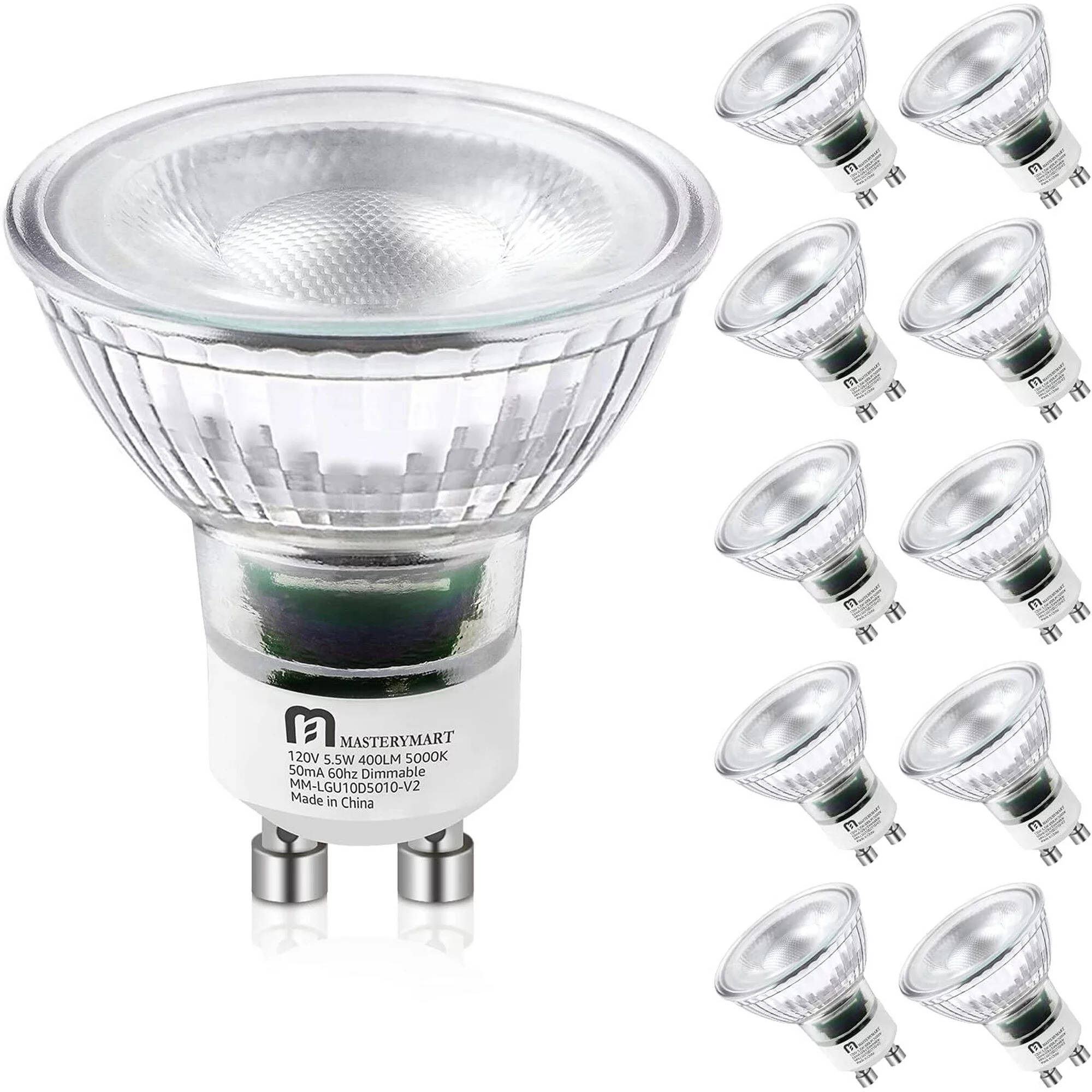

Articles
How Many Lumens In A 50 Watt Gu10 Halogen Bulb
Modified: February 28, 2024
Discover the answer to how many lumens are produced by a 50 watt GU10 halogen bulb in our informative article. Find all the details and more at Articles.
(Many of the links in this article redirect to a specific reviewed product. Your purchase of these products through affiliate links helps to generate commission for Storables.com, at no extra cost. Learn more)
Introduction
Welcome to the world of lighting where lumens and watts play a significant role in determining the brightness of bulbs. If you’ve ever wondered about the number of lumens in a 50-watt GU10 halogen bulb, you’ve come to the right place. In this article, we will explore the relationship between lumens and watts, specifically focusing on GU10 halogen bulbs and their lumen output.
Understanding the brightness of light bulbs can be confusing, especially considering the different terminology used in the lighting industry. In the past, watts were commonly used to measure the brightness of bulbs. However, with the introduction of more energy-efficient options, such as LED lights, the emphasis has shifted to lumens as a more accurate measure of brightness.
Lumens refer to the amount of light produced by a bulb. It is a unit of measurement that takes into account the entire spectrum of light emitted, including visible light and infrared and ultraviolet radiation. Watts, on the other hand, measure the amount of power consumed by the bulb. While there is a correlation between wattage and brightness, it is not a direct one-to-one relationship.
GU10 halogen bulbs are a popular choice for many homeowners due to their bright, warm light and versatility. They are commonly used in track lighting, recessed lighting, and pendant fixtures. GU10 bulbs are known for their pin-style base, which enables easy installation and compatibility with a wide range of lighting fixtures.
Now, let’s dive into the specifics and explore the lumen output of a 50-watt GU10 halogen bulb. By understanding the relationship between lumens and watts, you can make informed decisions when choosing the right bulb for your lighting needs and ensure you achieve the desired level of brightness in your space.
Key Takeaways:
- Lumens, not watts, determine bulb brightness. A 50-watt GU10 halogen bulb typically produces 400-500 lumens, but factors like design and age can affect lumen output. Consider energy efficiency and ambiance when choosing bulbs.
- GU10 halogen bulbs offer bright, warm light but are less energy-efficient than LEDs. Factors like bulb efficiency, brand, and maintenance can impact lumen output. Balance brightness, efficiency, and ambiance for optimal lighting.
Read also: 13 Best 50 Watt Gu10 Halogen Bulb for 2024
Understanding Lumens
To grasp the concept of lumens, it’s important to have a basic understanding of light intensity and how it is measured. Lumens measure the total amount of visible light emitted by a light source. In simple terms, it quantifies the brightness of a bulb, regardless of its energy consumption.
Unlike the traditional method of using watts to determine brightness, lumens give a more accurate representation of the illumination provided by a bulb. This is especially important now as lighting technology has advanced, and more energy-efficient options, such as LEDs, have become prevalent.
Let’s put this into perspective. Imagine you’re shopping for a new light bulb, and you come across two options: a 60-watt incandescent bulb and a 10-watt LED bulb. Traditionally, you might assume the 60-watt bulb is brighter. However, when you compare the lumens, you’ll discover that the 10-watt LED bulb can produce the same amount of light or even more, despite consuming significantly less energy.
So, how many lumens are equivalent to a 50-watt GU10 halogen bulb? The precise lumen output can vary depending on the specific brand and model. However, on average, a 50-watt GU10 halogen bulb is likely to produce around 400-500 lumens.
It’s important to note that lumens are objective measurements of brightness and can be verified through standardized testing methods. This means that lumens provide consistency across different lighting technologies, allowing for easier comparison when selecting the right bulb for your needs.
Now that we have a better understanding of how lumens measure brightness, let’s delve into the specifics of GU10 halogen bulbs and their lumen output.
GU10 Halogen Bulbs Explained
GU10 halogen bulbs are a popular lighting option in many households and commercial settings. They are known for their bright and warm light quality, making them ideal for creating a cozy and inviting atmosphere. Let’s take a closer look at what makes GU10 halogen bulbs unique.
The “GU” in GU10 stands for “twist and lock,” referring to the base type of the bulb. The number “10” denotes the diameter of the bulb in millimeters. GU10 bulbs have a two-pin base that easily twists and locks into compatible light fixtures, ensuring a secure connection and hassle-free installation.
One of the key advantages of GU10 halogen bulbs is their ability to provide a high level of brightness. These bulbs emit a crisp and vibrant light that closely resembles natural daylight, enhancing the overall ambiance of a space. This makes them suitable for a variety of applications, such as task lighting, accent lighting, or general room illumination.
In terms of lifespan, GU10 halogen bulbs typically last for approximately 2,000 to 3,000 hours, depending on usage. While this lifespan is shorter compared to other lighting options like LEDs, the instant warm-up time and affordability of GU10 halogen bulbs make them an attractive choice for many.
GU10 halogen bulbs also offer excellent color rendering properties, which means they render colors accurately and vividly. This makes them well-suited for areas where color accuracy is crucial, such as art galleries or retail spaces.
However, it’s important to note that GU10 halogen bulbs can generate a considerable amount of heat during operation. This heat emission is due to the halogen gas within the bulb, which helps to extend the life of the tungsten filament. It is essential to handle the bulbs with care and avoid touching them when they are hot to avoid the risk of burns.
While GU10 halogen bulbs have been a popular choice for many years, they are gradually being phased out in some regions due to their relatively high energy consumption. Governments and regulatory bodies are promoting the use of more energy-efficient alternatives like LEDs to reduce carbon emissions and lower electricity costs.
Despite this, GU10 halogen bulbs still hold value for those who prioritize brightness, color accuracy, and ambiance. Let’s now explore how the lumen output of a 50-watt GU10 halogen bulb compares to its wattage.
Lumens vs. Watts
Understanding the relationship between lumens and watts is crucial when choosing the right bulb for your lighting needs. In the past, wattage was used as a measure of brightness because it directly correlated with the amount of energy consumed by a bulb. However, with the advent of more energy-efficient lighting options, lumens have become the standard unit of measurement for brightness.
Watts, in simple terms, quantify the amount of power a bulb consumes. Higher wattage traditionally meant a brighter light output. However, this correlation is not always accurate, especially with the introduction of energy-saving bulbs.
Lumens, on the other hand, measure the actual brightness or light output of a bulb. It provides an objective measurement that allows for easy comparison between different types of bulbs, regardless of their wattage.
To put it into perspective, consider a traditional incandescent bulb that uses 60 watts. This bulb might produce around 800 lumens of light. However, you can achieve the same level of brightness with an energy-efficient LED bulb that uses only 10 watts but emits 800 lumens. The LED bulb consumes significantly less energy while still providing the same amount of light.
This shift from watts to lumens as a measure of brightness is crucial for energy-efficient and sustainable lighting choices. Lumens allow consumers to make more informed decisions about the brightness they desire while considering the energy consumption of the bulb.
When comparing different bulbs, it’s important to consider the lumens rather than focusing solely on the wattage. This will ensure that you select a bulb that meets your desired brightness requirements without wasting energy.
In the case of a 50-watt GU10 halogen bulb, the lumen output can vary, but on average, it falls in the range of 400-500 lumens. This means that despite the higher wattage, a 50-watt GU10 halogen bulb might not be as bright as other bulbs with lower wattage but higher lumen output.
By understanding the difference between lumens and watts, you can make more informed decisions when purchasing and selecting the right bulb for your lighting needs. Now, let’s explore the factors that determine the lumen output of a 50-watt GU10 halogen bulb.
When comparing lumens in a 50 watt GU10 halogen bulb, it’s important to note that halogen bulbs typically produce around 400-500 lumens. Consider switching to LED bulbs for higher energy efficiency and longer lifespan.
Determining the Lumen Output of a 50 Watt GU10 Halogen Bulb
When it comes to determining the lumen output of a 50-watt GU10 halogen bulb, it’s important to consider several factors. While there is no fixed value for every GU10 halogen bulb, we can provide some general estimates based on industry standards and average performance.
On average, a 50-watt GU10 halogen bulb produces around 400-500 lumens of light output. This range can vary depending on various factors such as the efficiency of the bulb, the specific brand, and even the age of the bulb.
The lumen output of a GU10 halogen bulb is primarily determined by the efficiency of converting electrical energy into visible light. Halogen bulbs utilize a tungsten filament encased in a halogen gas-filled glass envelope. When electricity passes through the filament, it heats up and emits light.
One of the factors that affect the lumen output is the design and composition of the bulb. Different manufacturers may use slightly different filaments, gases, and coatings, which can impact the overall efficiency and thus the lumen output.
The age of the bulb also plays a role in its lumen output. Over time, the tungsten filament tends to degrade, reducing both the brightness and the efficiency of the bulb. Therefore, a well-maintained and relatively new 50-watt GU10 halogen bulb may have a higher lumen output compared to an older one.
It’s important to note that GU10 halogen bulbs are known for their brightness and warm light. However, they are not as energy-efficient as other options like LED bulbs. The higher wattage of a 50-watt GU10 halogen bulb compared to other bulbs with similar lumen output can result in increased energy consumption.
If you are looking for a more energy-efficient lighting option, considering alternatives such as LEDs can be beneficial. LED bulbs can provide similar or even higher lumen output while consuming significantly less energy, helping you save on electricity costs over time.
Ultimately, the lumen output of a 50-watt GU10 halogen bulb can vary, but on average, it falls between 400-500 lumens. It is essential to consider your lighting needs, energy efficiency goals, and the specific requirements of your space when choosing the right bulb.
Now, let’s explore some of the factors that can affect the lumen output of a GU10 halogen bulb in more detail.
Read also: 10 Amazing Gu10 50W Halogen Bulb for 2024
Factors Affecting Lumen Output
The lumen output of a 50-watt GU10 halogen bulb can be influenced by several factors. Understanding these factors can help you make an informed decision when choosing the right bulb for your lighting needs. Let’s explore some of the key factors that can affect the lumen output:
1. Efficiency of the Bulb: The design and efficiency of the bulb itself play a significant role in determining the lumen output. Different manufacturers may use different materials, filaments, and coatings, which can impact the overall efficiency of the bulb. Higher efficiency bulbs tend to produce more lumens per watt of power consumed.
2. Quality and Brand: The brand and quality of the bulb can also affect the lumen output. Established and reputable brands often prioritize quality and performance, resulting in bulbs with more consistent and accurate lumen output. It’s advisable to choose bulbs from trusted manufacturers to ensure reliability.
3. Voltage and Power Supply: The voltage and stability of the power supply can impact the performance of the bulb. Fluctuations or variations in voltage can affect the lumen output and the overall lifespan of the bulb. It’s recommended to have a stable power supply within the specified voltage range for optimal performance.
4. Age and Condition of the Bulb: Over time, the performance of halogen bulbs can degrade, including a reduction in lumen output. As the tungsten filament within the bulb deteriorates with use, it becomes less efficient in producing light. Regularly replacing older bulbs can help maintain consistent lumen output.
5. Ambient Temperature: The operating temperature of the bulb can impact its lumen output. Higher ambient temperatures can lead to a decrease in efficiency and lumen output. It’s important to ensure proper ventilation and avoid placing the bulb in enclosed fixtures or areas with limited airflow.
6. Cleanliness and Maintenance: Proper maintenance, including cleaning the bulb and fixture, can help maintain the lumen output over time. Dust, dirt, and debris can accumulate on the bulb’s surface, diffusing the light and reducing the effective lumen output. Regular cleaning can help ensure optimal performance.
7. Beam Angle: The beam angle of the bulb can also affect the perceived brightness. A narrower beam angle may result in a more focused and intense light, while a wider beam angle can provide more spread and coverage. It’s important to consider the desired lighting effect and the specifics of your space when choosing the appropriate beam angle.
By considering these factors, you can better understand the potential variations in lumen output of a 50-watt GU10 halogen bulb. It’s always recommended to consult the specifications provided by the manufacturer and choose bulbs that align with your desired brightness and energy efficiency requirements.
Now that we’ve explored the factors affecting lumen output, let’s wrap things up with a summary of what we’ve covered in this article.
Conclusion
In conclusion, understanding the lumen output of a 50-watt GU10 halogen bulb involves considering a few important factors. Lumens and watts play different roles in determining the brightness and energy consumption of a bulb. While watts measure power consumption, lumens quantify the actual light output.
A 50-watt GU10 halogen bulb typically produces around 400-500 lumens, but the actual lumen output can vary based on factors such as bulb design, brand, age, and overall efficiency. It’s important to choose bulbs from reputable manufacturers and consider factors like voltage stability, cleanliness, and maintenance to ensure optimal lumen output.
GU10 halogen bulbs are known for their bright and warm light, making them popular for various lighting applications. However, they are less energy-efficient compared to alternatives like LED bulbs. If energy efficiency is a primary concern, you may want to consider switching to more energy-saving lighting options.
When selecting the right bulb for your lighting needs, it’s essential to strike a balance between lumen output, energy efficiency, and the desired lighting effect. Consider factors such as beam angle, color rendering, and ambiance to create the perfect lighting atmosphere for your space.
In summary, while a 50-watt GU10 halogen bulb may not be as energy-efficient as other options, it can still provide a considerable lumen output, offering bright and warm illumination. By understanding lumens, watts, and the factors that affect lumen output, you can make informed decisions when choosing the right bulb for your lighting requirements.
Remember to always refer to the manufacturer’s specifications and consider your specific lighting needs, energy efficiency goals, and the ambiance you wish to create in your space. With the right bulb, you can achieve the optimal balance of brightness, efficiency, and aesthetics for your lighting setup.
Now that you have a better understanding of lumens and the lumen output of a 50-watt GU10 halogen bulb, you can confidently make choices that will enhance the lighting experience in your home or office.
Frequently Asked Questions about How Many Lumens In A 50 Watt Gu10 Halogen Bulb
Was this page helpful?
At Storables.com, we guarantee accurate and reliable information. Our content, validated by Expert Board Contributors, is crafted following stringent Editorial Policies. We're committed to providing you with well-researched, expert-backed insights for all your informational needs.
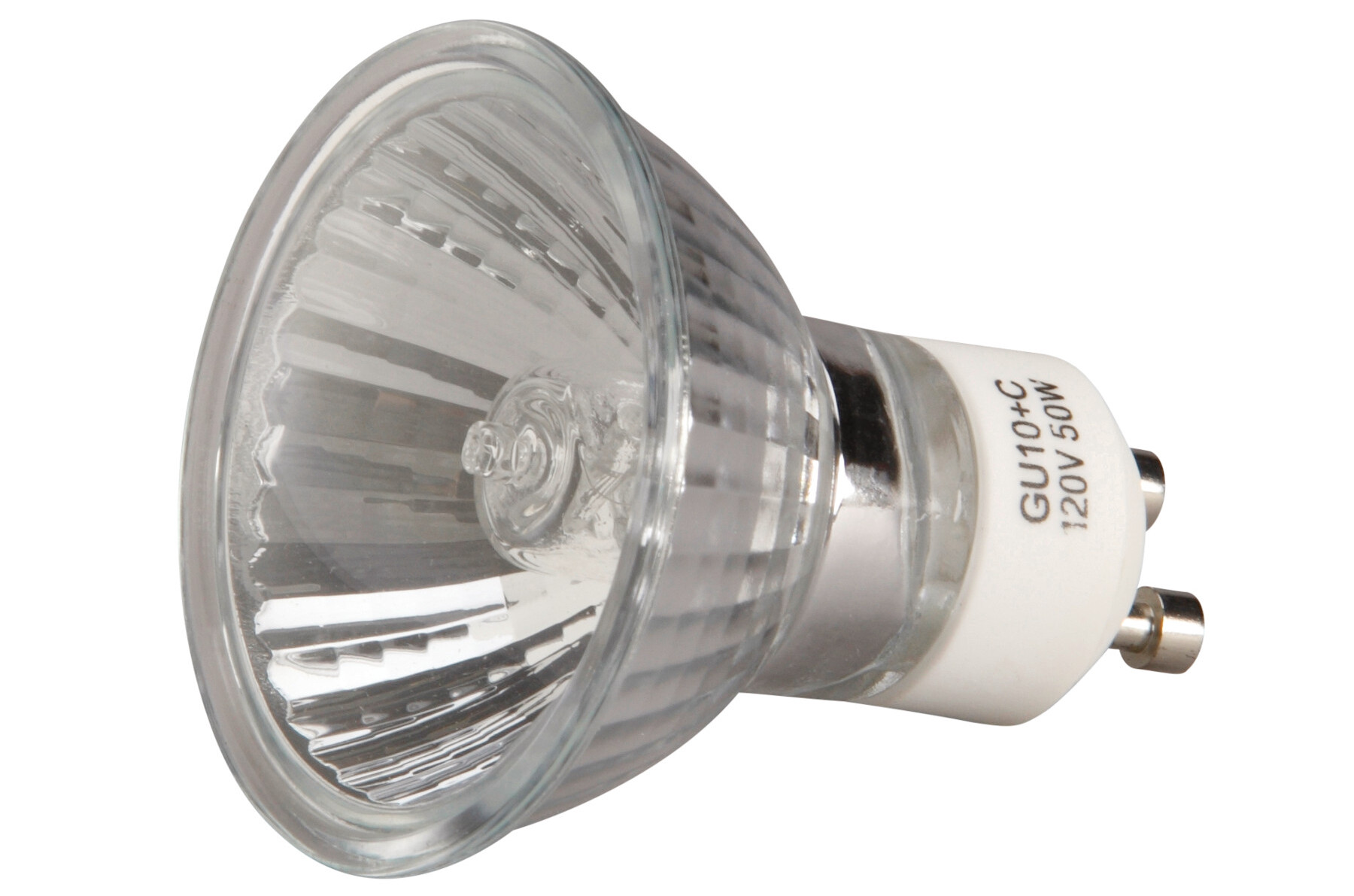
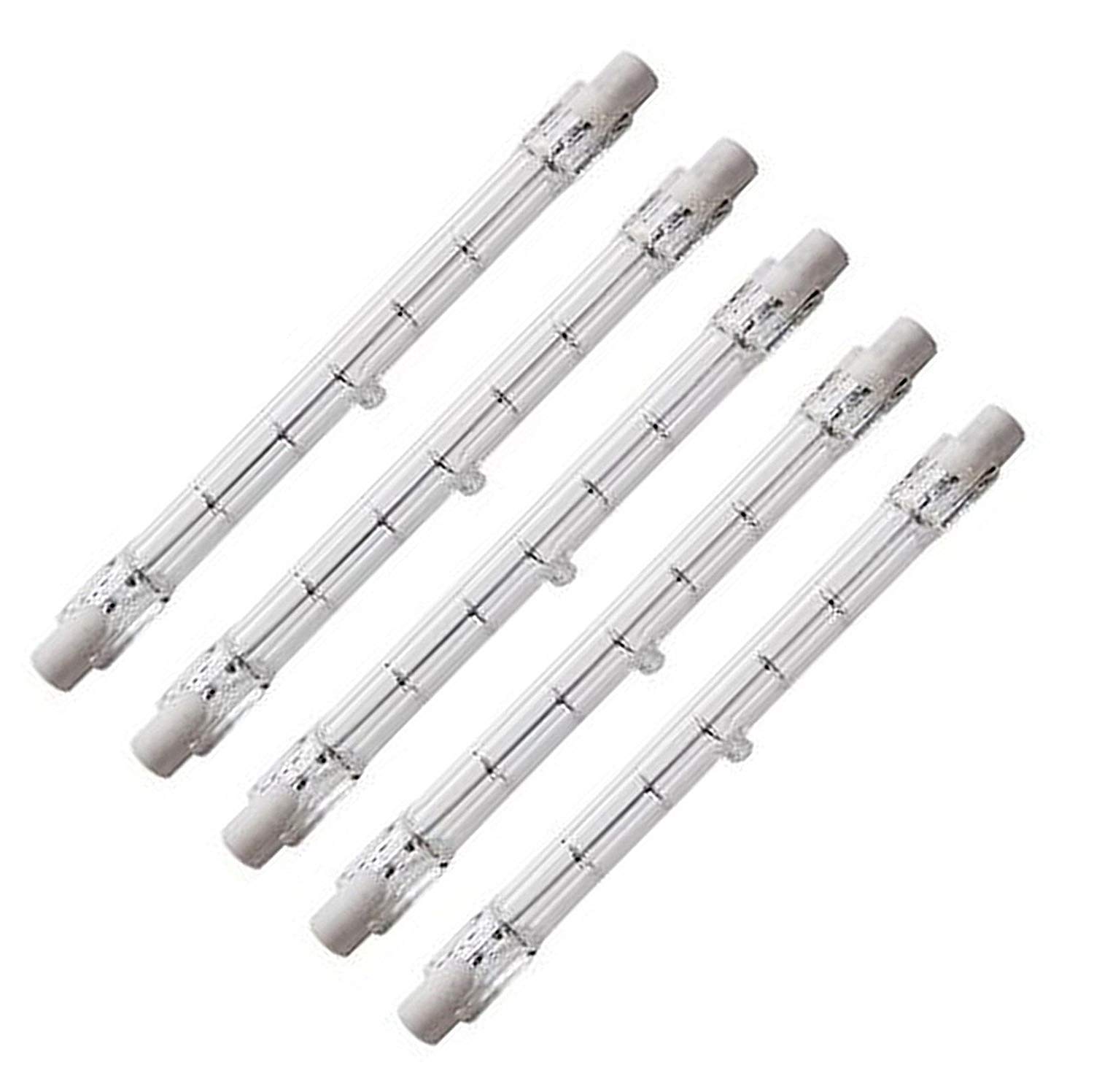
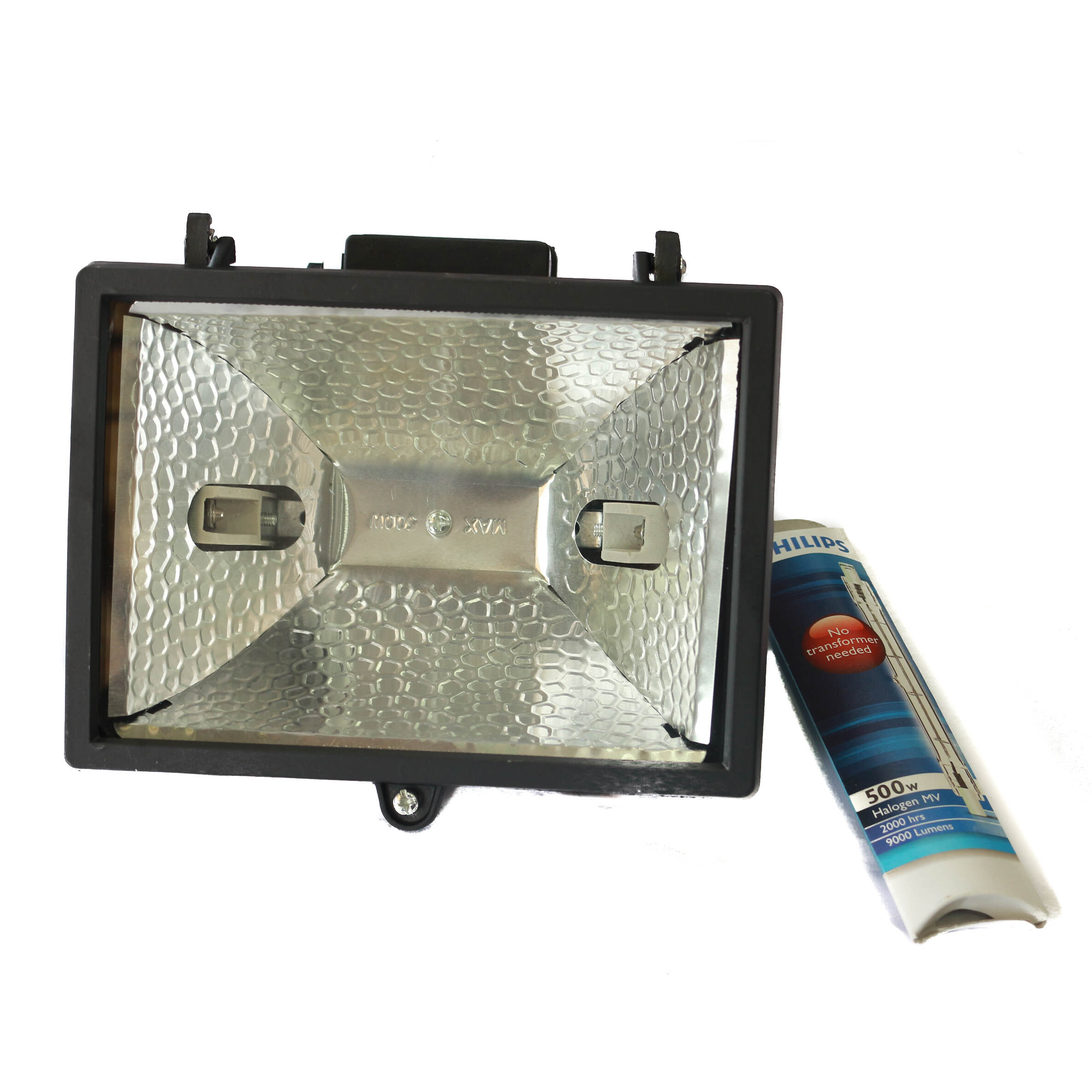
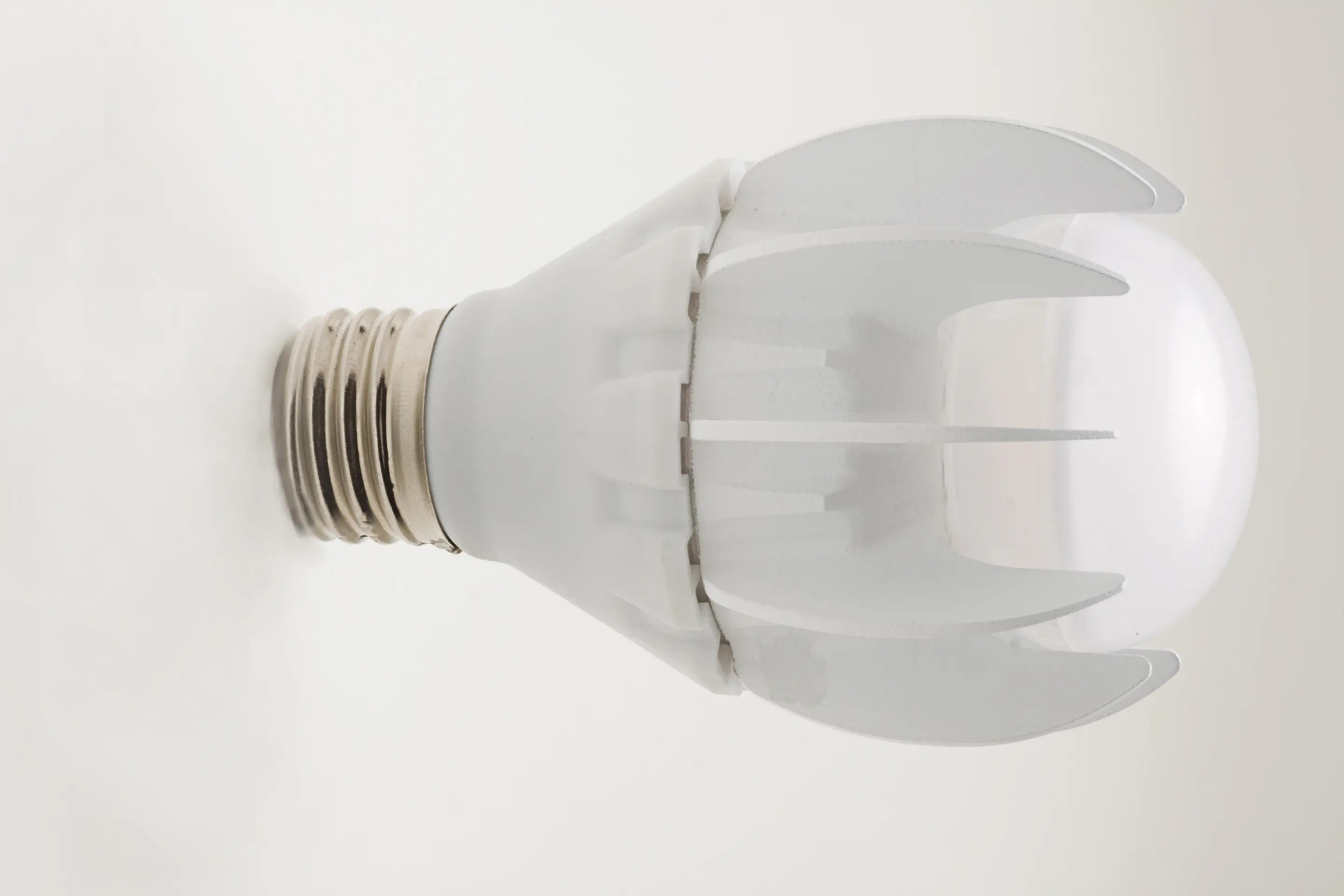
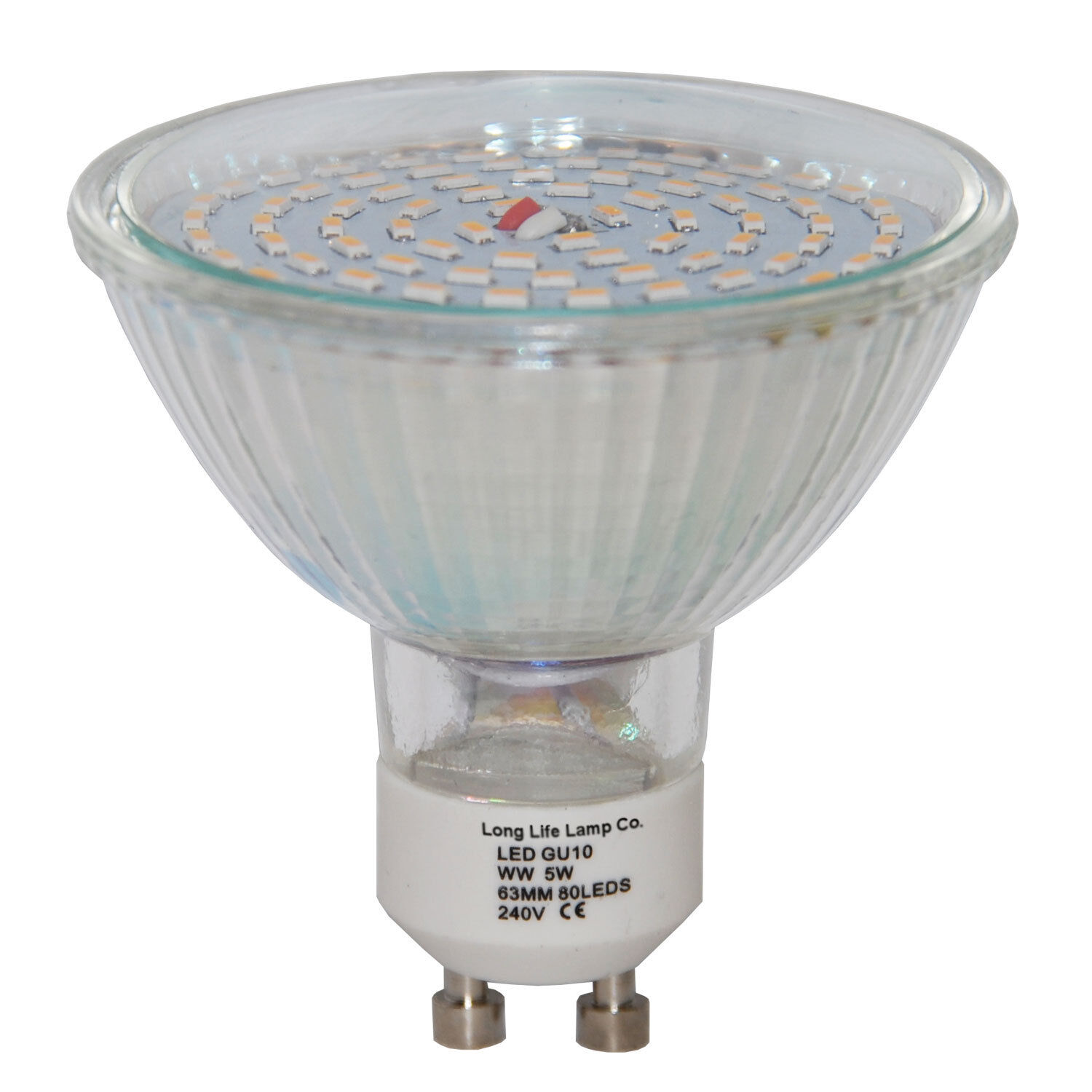
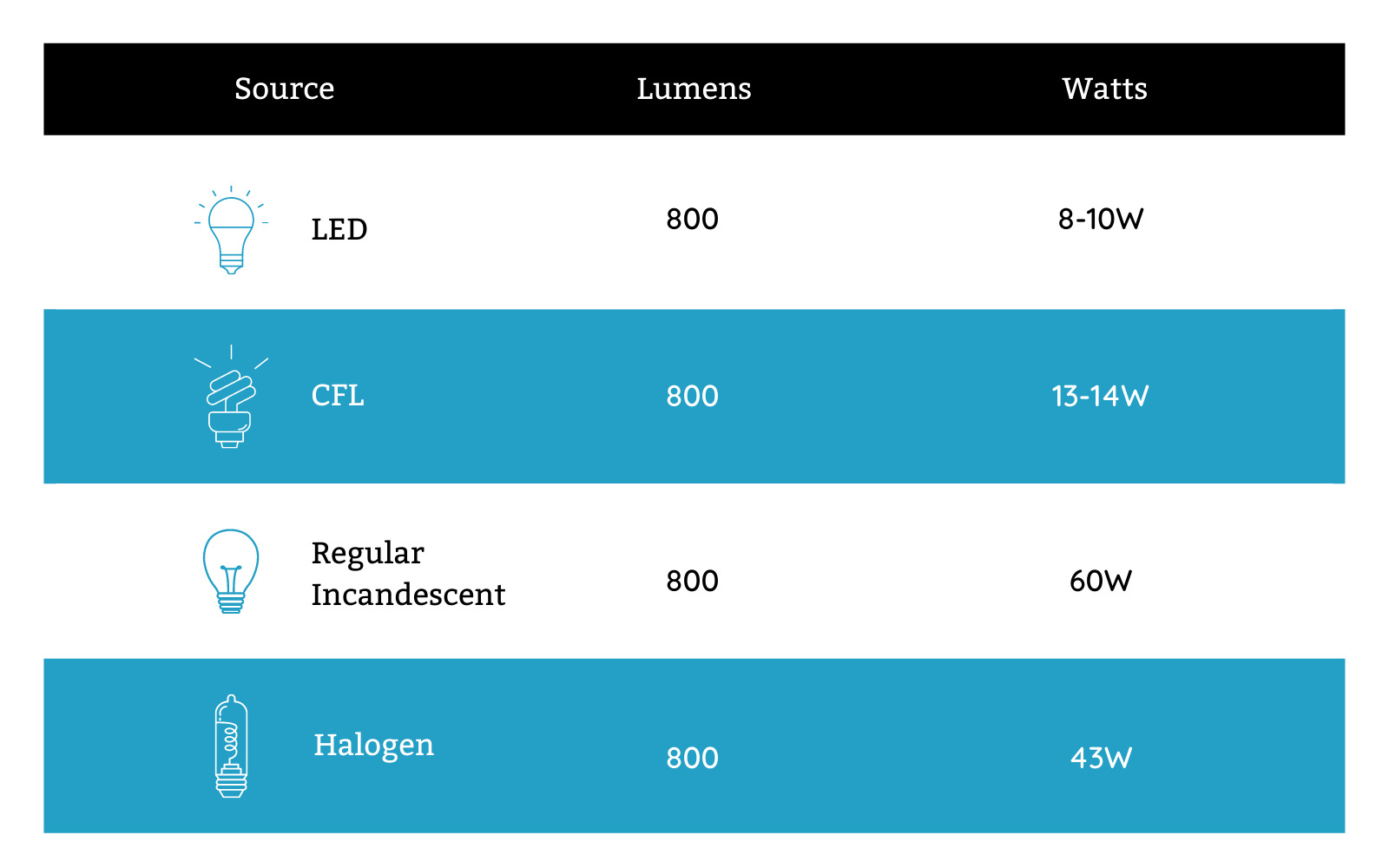
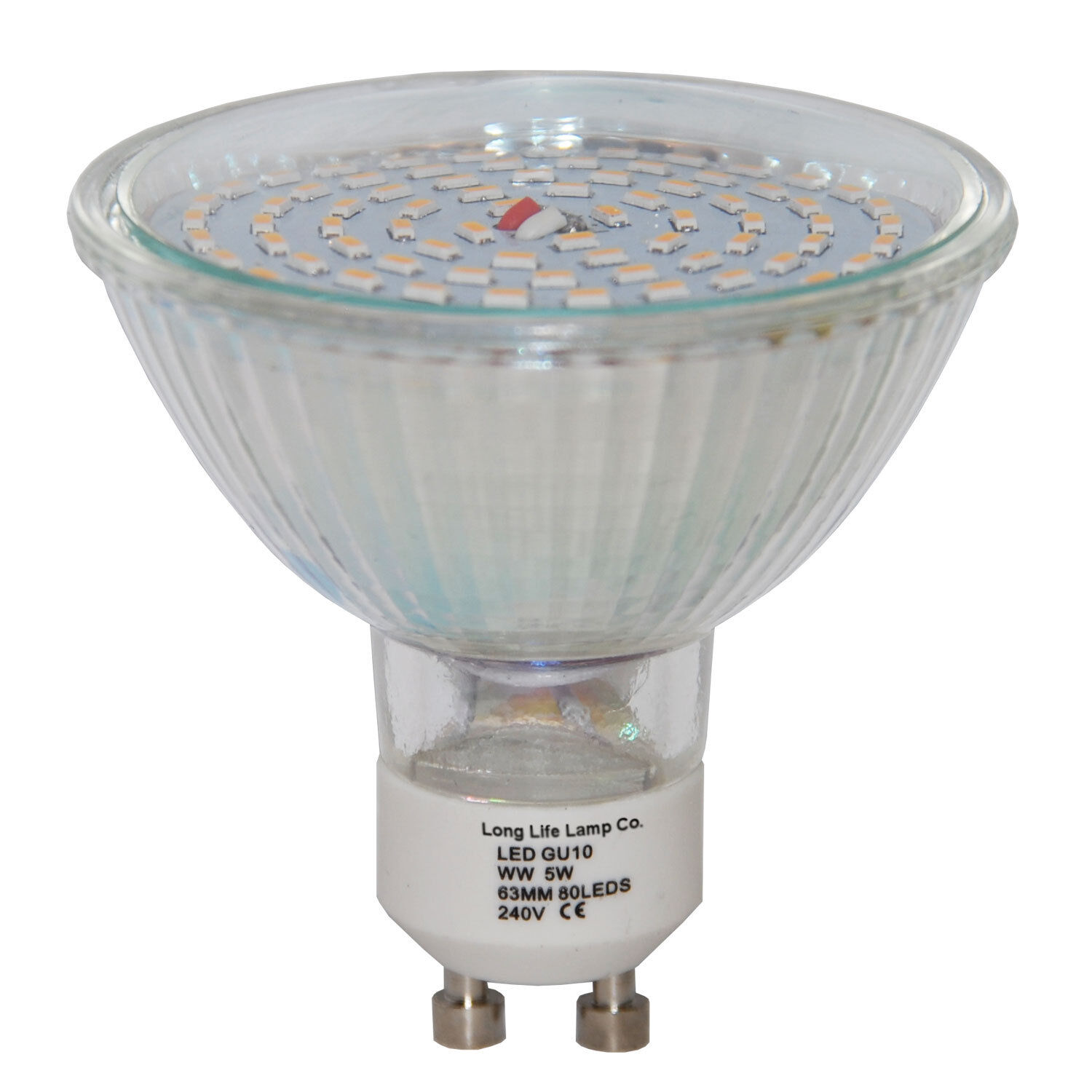
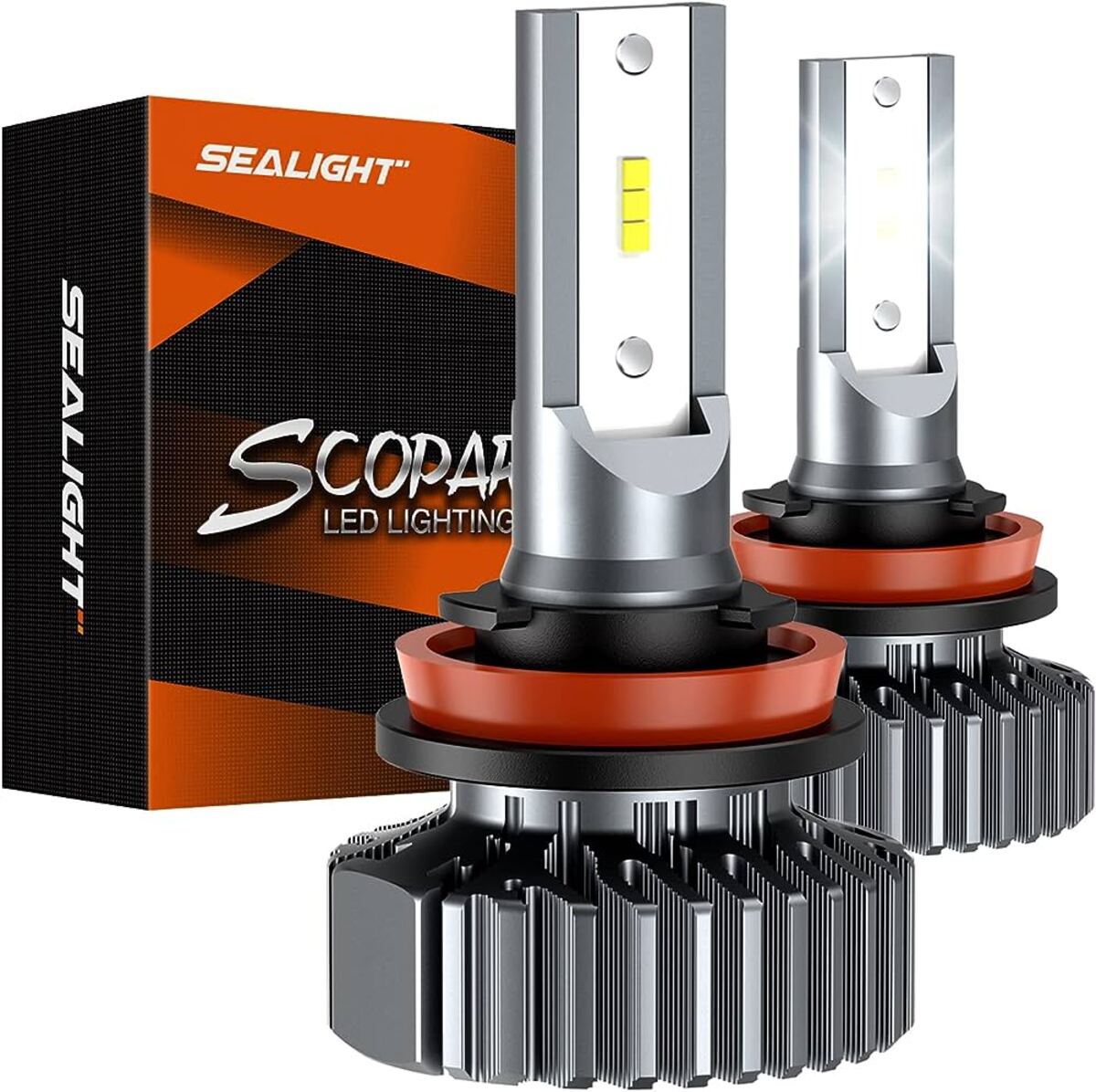
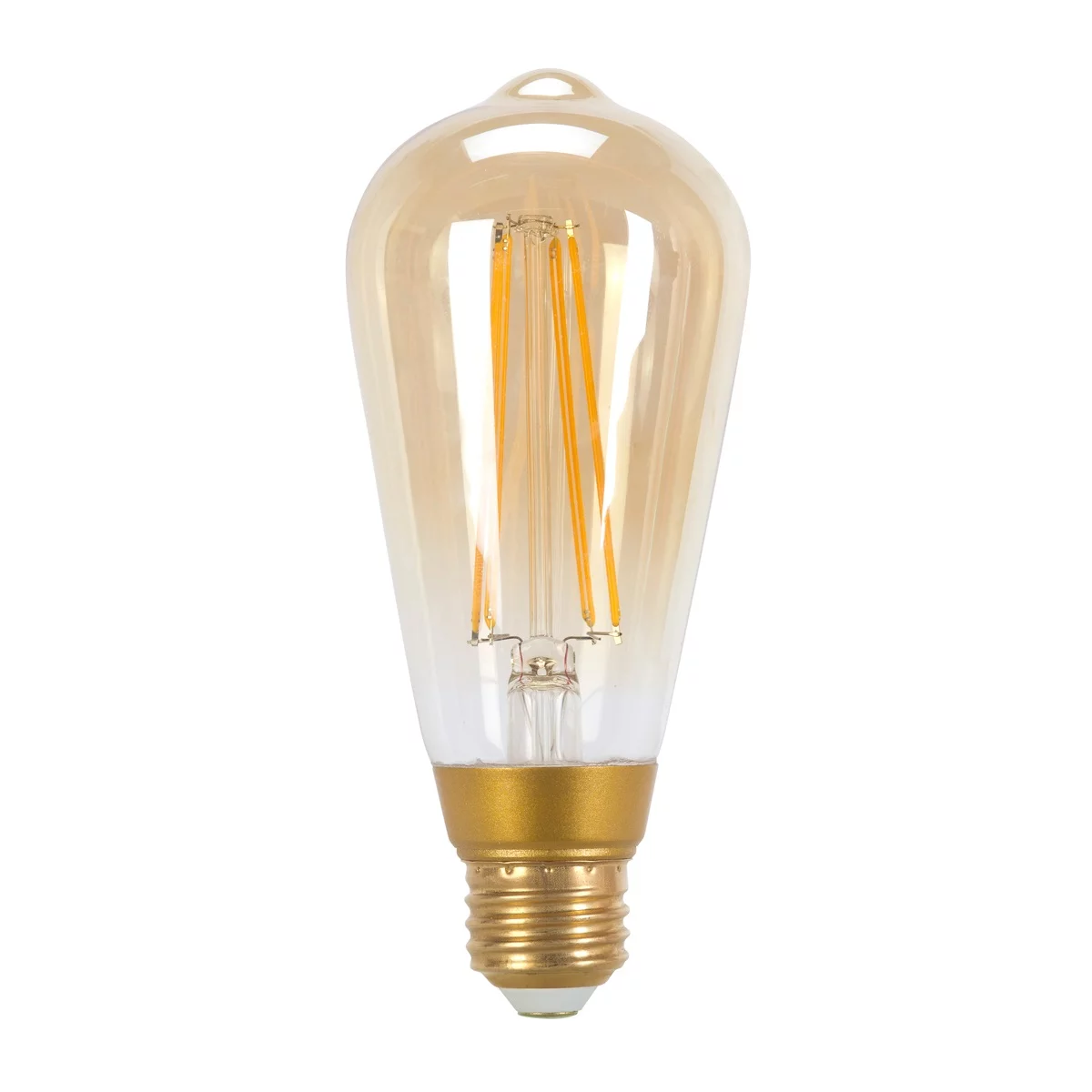
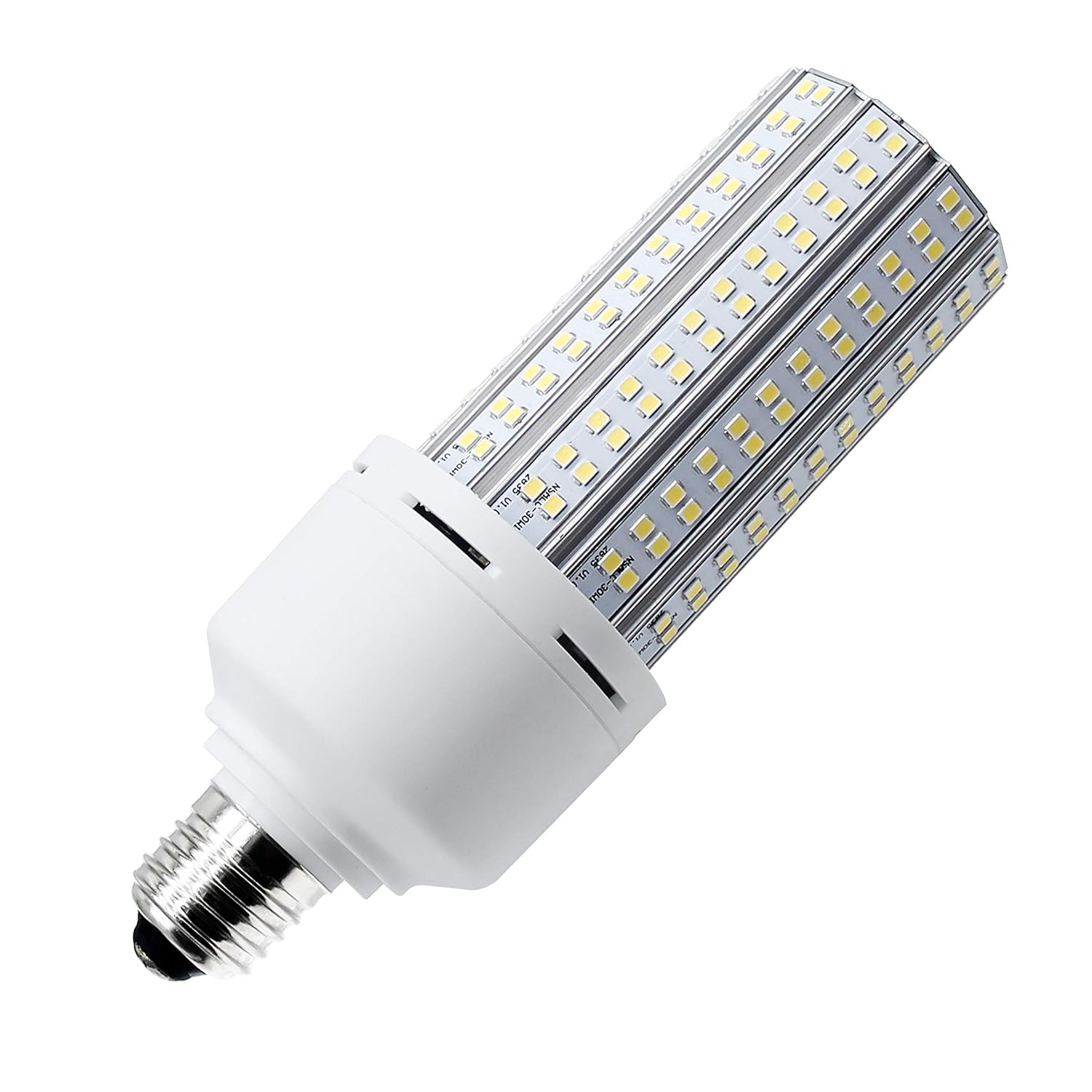
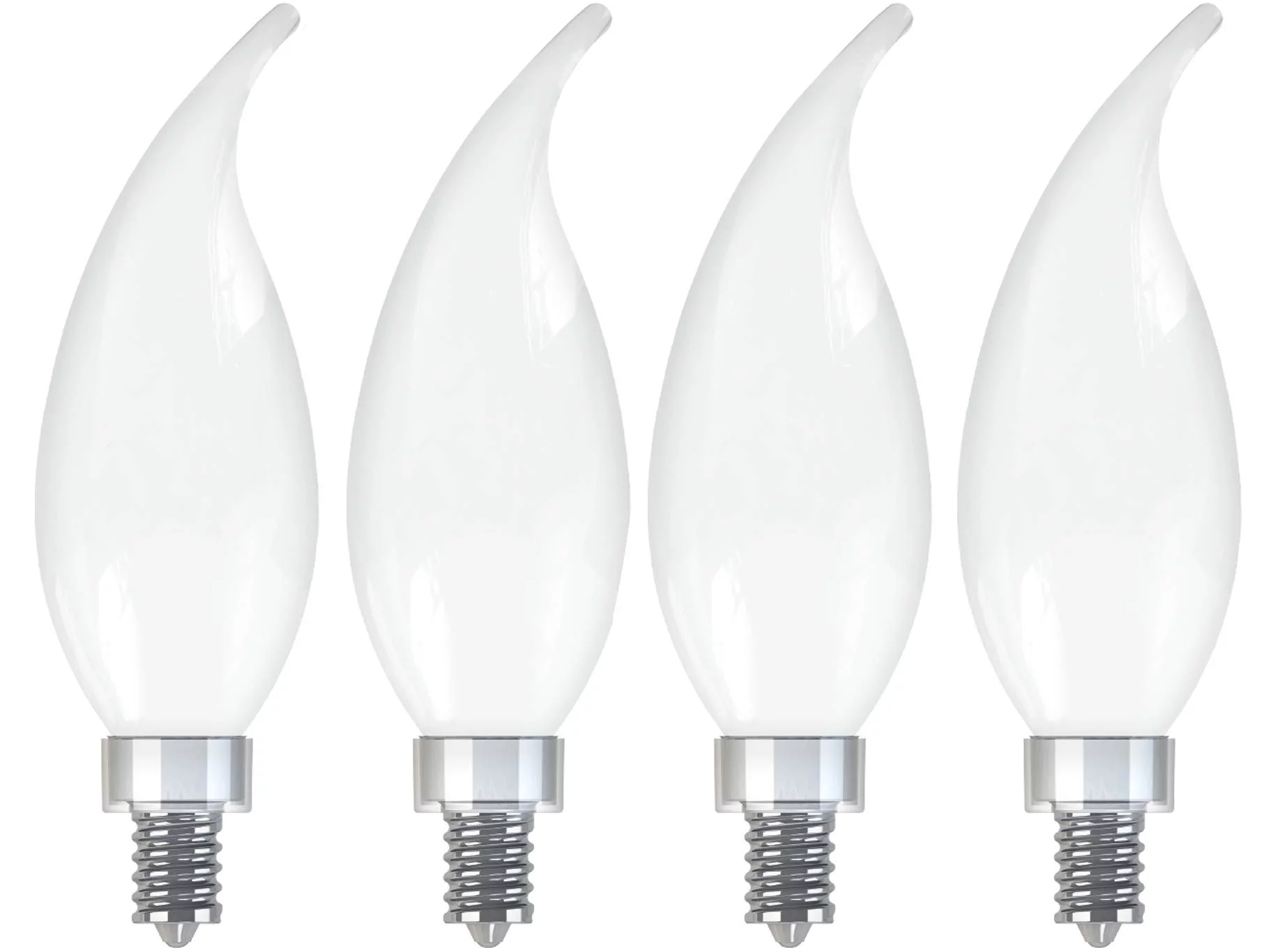
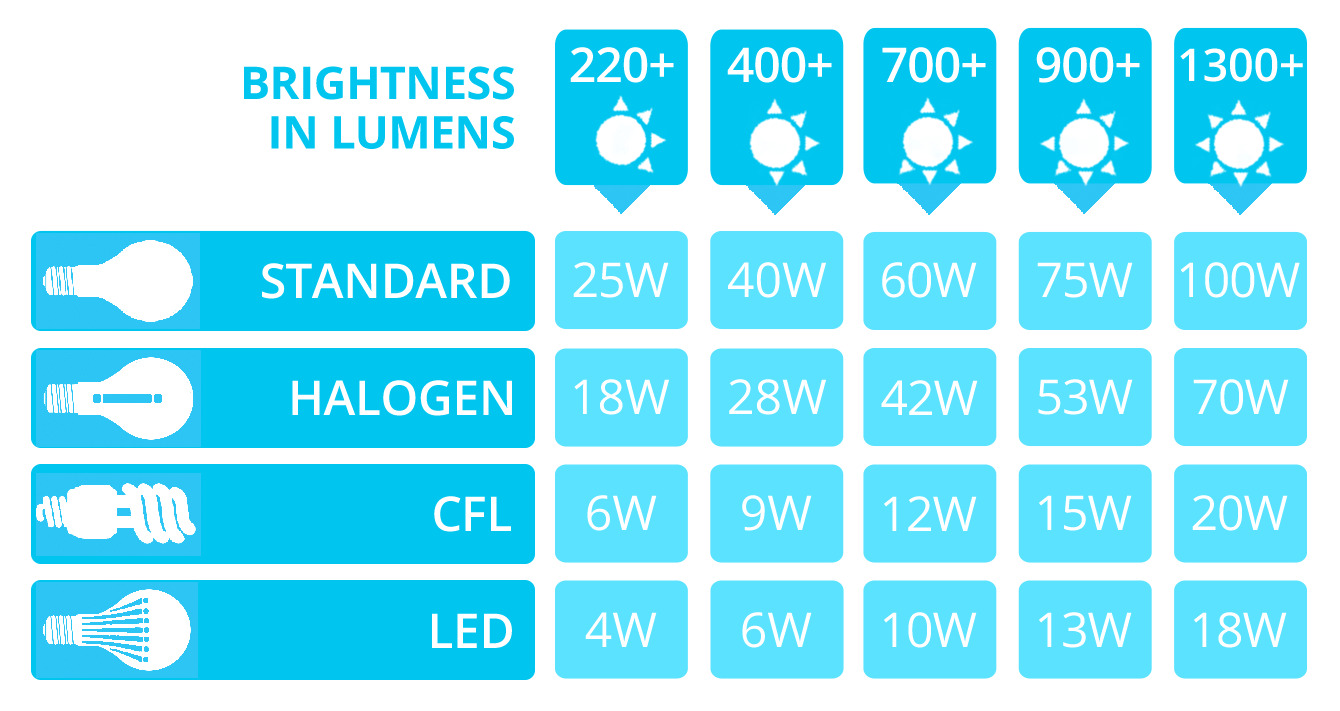
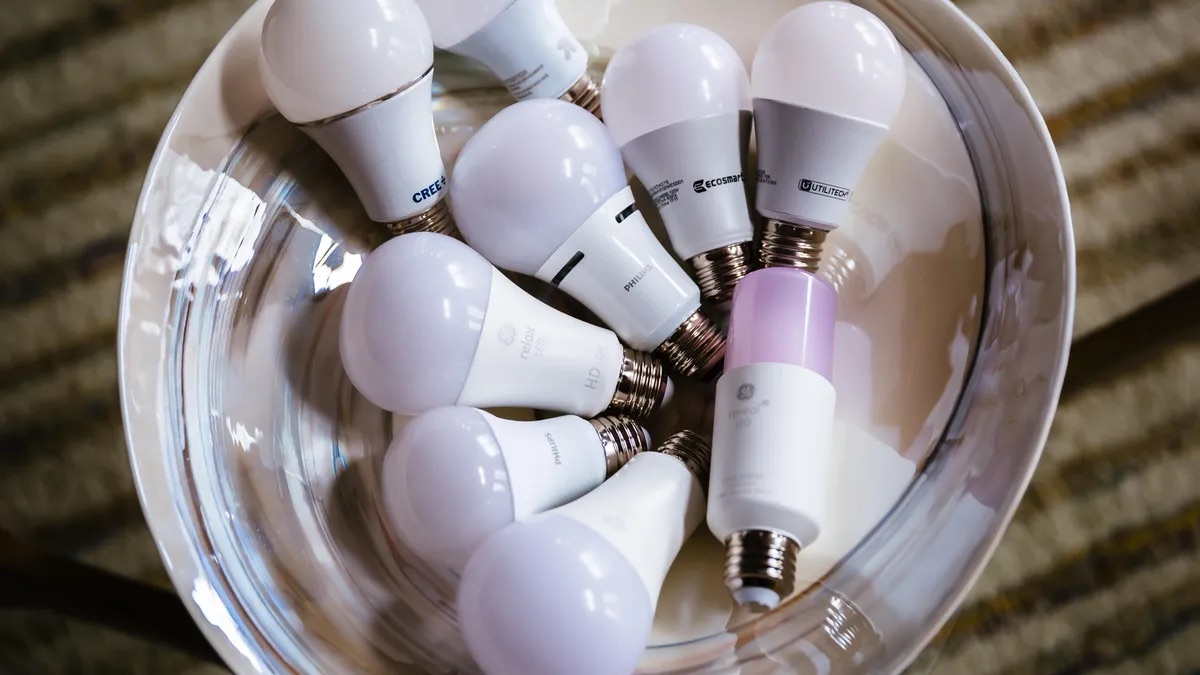
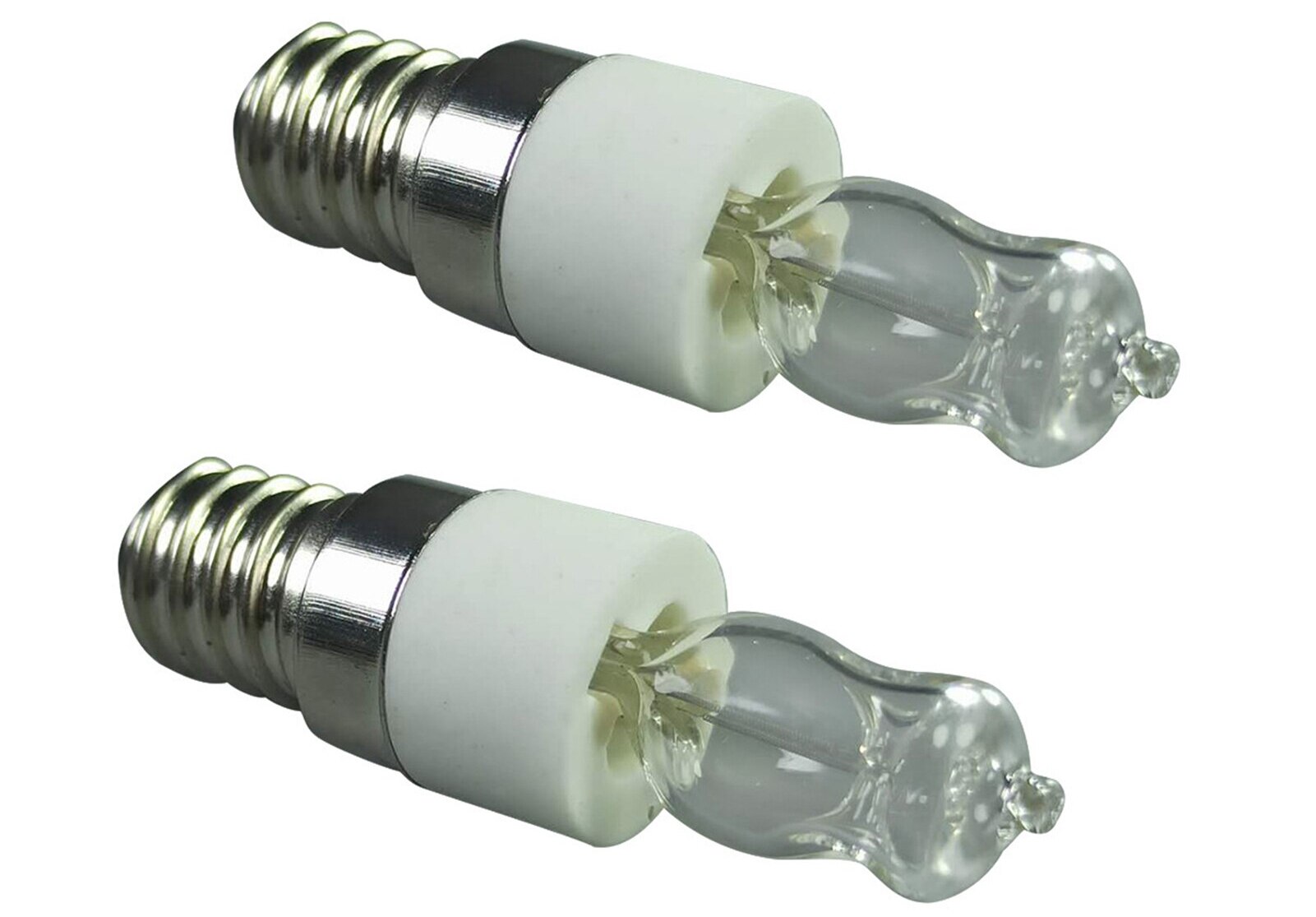

0 thoughts on “How Many Lumens In A 50 Watt Gu10 Halogen Bulb”